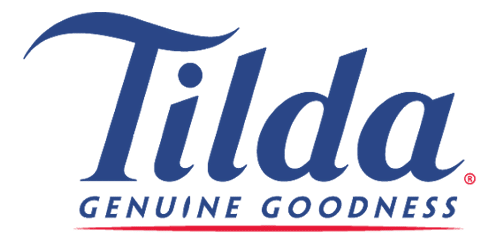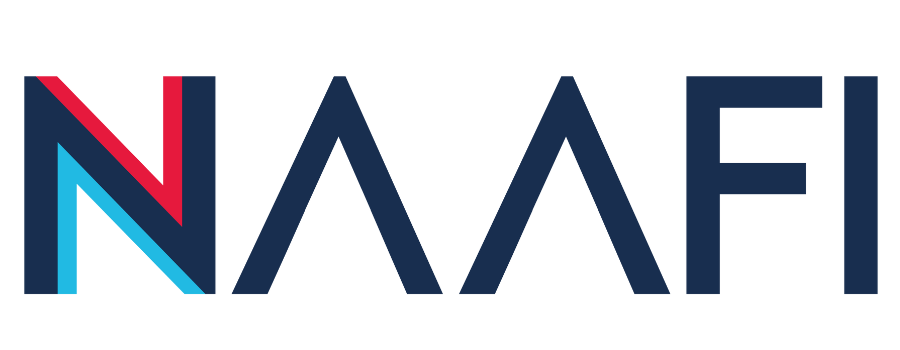Measuring ROI: Assessing the Value of Your HR Platform Investment
In today's rapidly evolving business landscape, organisations are increasingly turning to technology to streamline operations, enhance efficiency, and drive growth. One area where technology is making a significant impact is Human Resources (HR), with HR platforms becoming indispensable tools for managing talent, automating processes, and improving employee experience. However, with any investment comes the need to measure its return on investment (ROI) to ensure that it's delivering the expected value. In this blog, we'll explore the importance of measuring ROI and provide insights into assessing the value of your HR platform investment.
Why Measure ROI?
Measuring the ROI of your HR platform investment is crucial for several reasons:
Justification: Demonstrating the financial impact of the HR platform helps justify the investment to stakeholders and decision-makers within the organization.
Optimisation: By understanding the ROI, organisations can identify areas for improvement and optimize their use of the HR platform to maximise returns.
Resource Allocation: Evaluating the ROI allows organisations to allocate resources more effectively, ensuring that investments align with strategic objectives and deliver the greatest value.
Identifying Key Metrics
Before assessing ROI, it's essential to identify the key metrics that align with your organisation's goals and objectives. These metrics may vary depending on the specific outcomes you aim to achieve with your HR platform investment but commonly include:
Cost Savings: Measure the reduction in costs associated with HR processes such as recruitment, onboarding, training, and payroll administration.
Productivity Gains: Assess improvements in employee productivity resulting from streamlined processes and enhanced collaboration facilitated by the HR platform.
Employee Engagement: Track changes in employee engagement levels, satisfaction scores, and retention rates attributable to the use of the HR platform.
Compliance: Evaluate the platform's effectiveness in ensuring compliance with labor laws, regulations, and industry standards, thus minimizing the risk of penalties or legal issues.
Quantifying Benefits
Once you've identified the key metrics, it's time to quantify the benefits generated by the HR platform. This involves calculating the financial impact of improvements in each area and attributing them to the platform's contribution. For example:
Cost Savings: Calculate the reduction in recruitment costs, administrative expenses, and other HR-related expenditures.
Productivity Gains: Estimate the value of time saved through automation, increased efficiency, and faster decision-making.
Employee Engagement: Assess the financial impact of higher retention rates, lower turnover costs, and increased productivity resulting from improved engagement.
Compliance: Quantify the savings associated with avoiding fines, penalties, or legal fees due to non-compliance.
Interpreting Results
A positive ROI indicates that the HR platform has generated more value than the initial investment, making it a worthwhile investment for the organisation. However, it's essential to interpret the results in the context of your organisation's objectives, industry benchmarks, and market conditions.
HealthBoxHR's comprehensive suite of features and personalized support, businesses can streamline HR operations, enhance efficiency, and drive growth. By identifying key metrics, such as cost savings, productivity gains, and employee engagement, organizations can quantify the tangible benefits derived from the platform and assess its impact on their bottom line. With a clear understanding of the ROI, businesses can optimize their use of HealthBoxHR, allocate resources effectively, and make data-driven decisions to propel their HR strategies forward. In essence, measuring ROI not only validates the value of HealthBoxHR but also enables organisations to harness its capabilities to achieve their strategic objectives.































